Toyota has become the first manufacturer to roll out a vehicle-to-infrastructure connectivity package in its production cars.
The system can be used to mitigate accidents in instances of poor visibility – such as when vehicles are turning across oncoming traffic at busy junctions – by alerting the driver to hazards that aren’t picked up by the car’s onboard sensors.
The manufacturer is offering the Intelligent Transportation System (ITS) Connect as a cost option on three models in its domestic Japanese range.
The system uses vehicle-to-vehicle (V2V) and vehicle-to-infrastructure (V2I) communication over a dedicated radio frequency of 760MHz, set aside by the government for ITS.
When a vehicle equipped with ITS Connect comes within the 100-metre range of a transmitter mounted at a traffic-light-controlled junction, a symbol on the instrument panel display informs the driver that the car is receiving data.
It can provide a right-turn collision caution, where an audio and visual alert appears if the driver starts to pull across an oncoming vehicle, or if he starts to turn when a pedestrian is crossing the road.
It can also warn the driver of a red traffic light if he approaches it without easing off the accelerator, and give a countdown until the light changes to green.
ITS Connect also makes car-to-car communication possible. Two vehicles equipped with the transmitters can use communicating radar cruise control to minimise speed fluctuations much more precisely than with standard radar cruise, improving traffic flow.
It is early days for the system - at present just 20 junctions in Tokyo are equipped with transmitters to send information to the cars carrying the device - although this number will rise to nearly 50 by next March.
However, Toyota hopes it will eventually become widespread enough to help improve road safety; in Japan, 45 per cent of road traffic accident fatalities occur on or near busy junctions and crossings.
ITS Connect is available for around 25,000 Yen, the equivalent of £134. Toyota plans to offer it on mainstream models such as the Toyota Prius at a later date.
Toyota has been developing ITS-compatible interfaces in collaboration with companies and organisations in both the public and private sectors in Japan to rapidly expand the number of vehicles and devices equipped with the technology.
Although it appears unlikely that the system will reach Europe in the near future, research into its benefits is also taking place in the USA.
How well does it work?
To experience one of the functions of ITS Connect, the right-turn crossing alert, Autocar rode in a Japanese-market Toyota Crown to the Aomi/1-Chome intersection, one of the 20 major junctions in Tokyo equipped with the transmitters.
The top-right of the multi-function display on the instrument panel features a green symbol that informs the driver that the car is capable of receiving data from either other cars or the infrastructure. A new symbol appears when it has picked up the signal from the transmitter at the junction.
Our driver pulls into the right-hand filter lane at the crossroads, ready to turn across the oncoming traffic when there is an opportunity to do so. In the direction we wish to travel, there is a pedestrian crossing.
With the road clear of oncoming traffic, our driver takes his foot off the brake to drive forward. However, the cameras at the intersection have picked up that there are pedestrians still on the crossing, so ITS Connect transmits that information to the car.
A visual warning appears on the display and an audible one sounds, enabling our driver to abort his manoeuvre until the pedestrian crossing is clear.
Is it useful? Potentially, and you could argue that just one life saved by the system would make it worthwhile.
However, the usefulness of systems such as right-turn crossing alert seem restricted to a fairly specific set of circumstances that apply predominantly to grid-style urban areas. It might not work in less planned cities where pedestrians don’t stick obediently to crossings.
Some of the system’s other functions, such as cruise control that can react almost instantaneously to other equipped vehicles, could result in smoother traffic flow, but the system will have to be installed in many more cars for that to be realistic.
As cars from all manufacturers become connected to both the infrastructure and each other vehicles, so the potential ways in which ITS Connect can be useful will increase.
Get the latest car news, reviews and galleries from Autocar direct to your inbox every week. Enter your email address below:

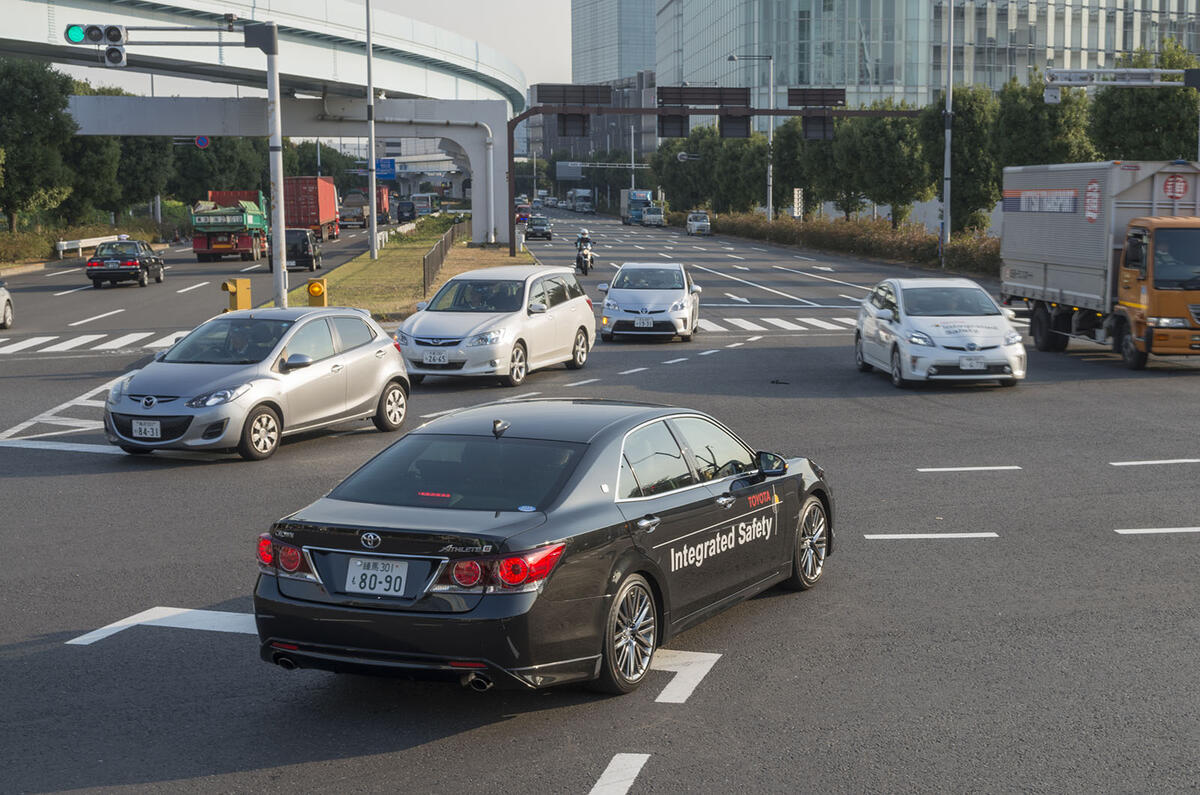
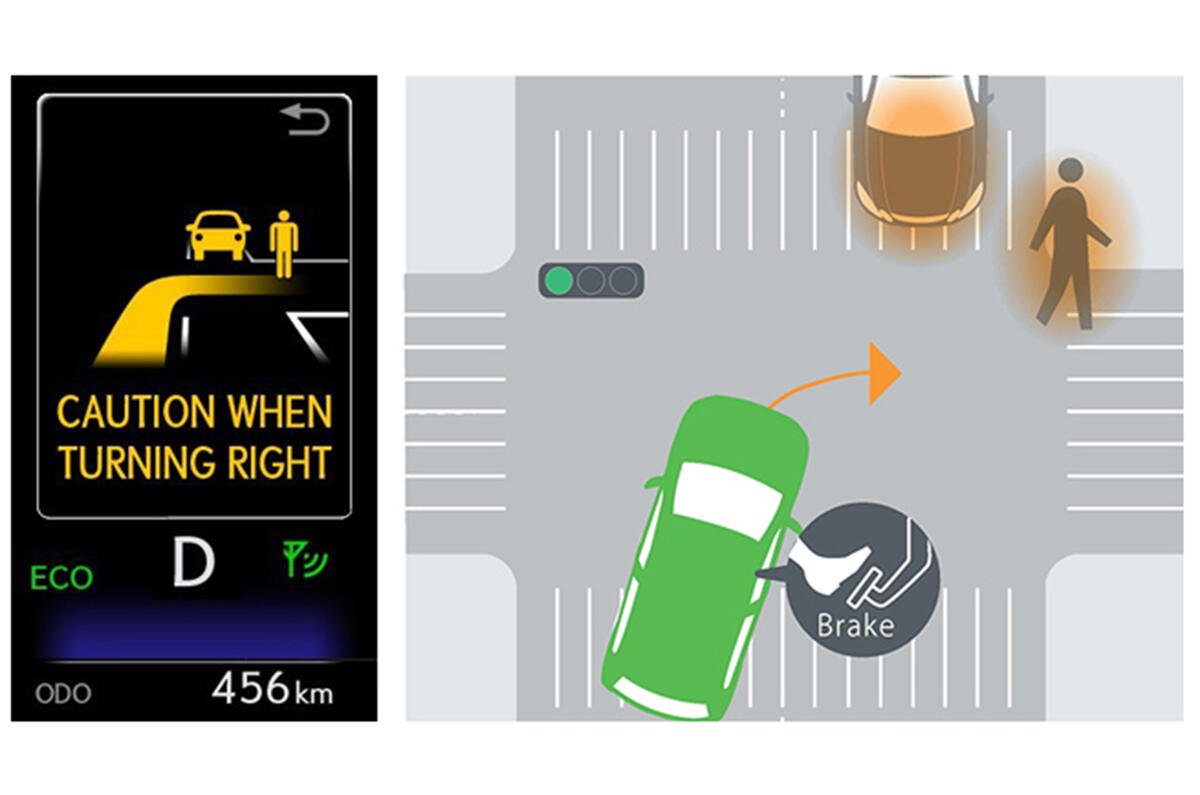
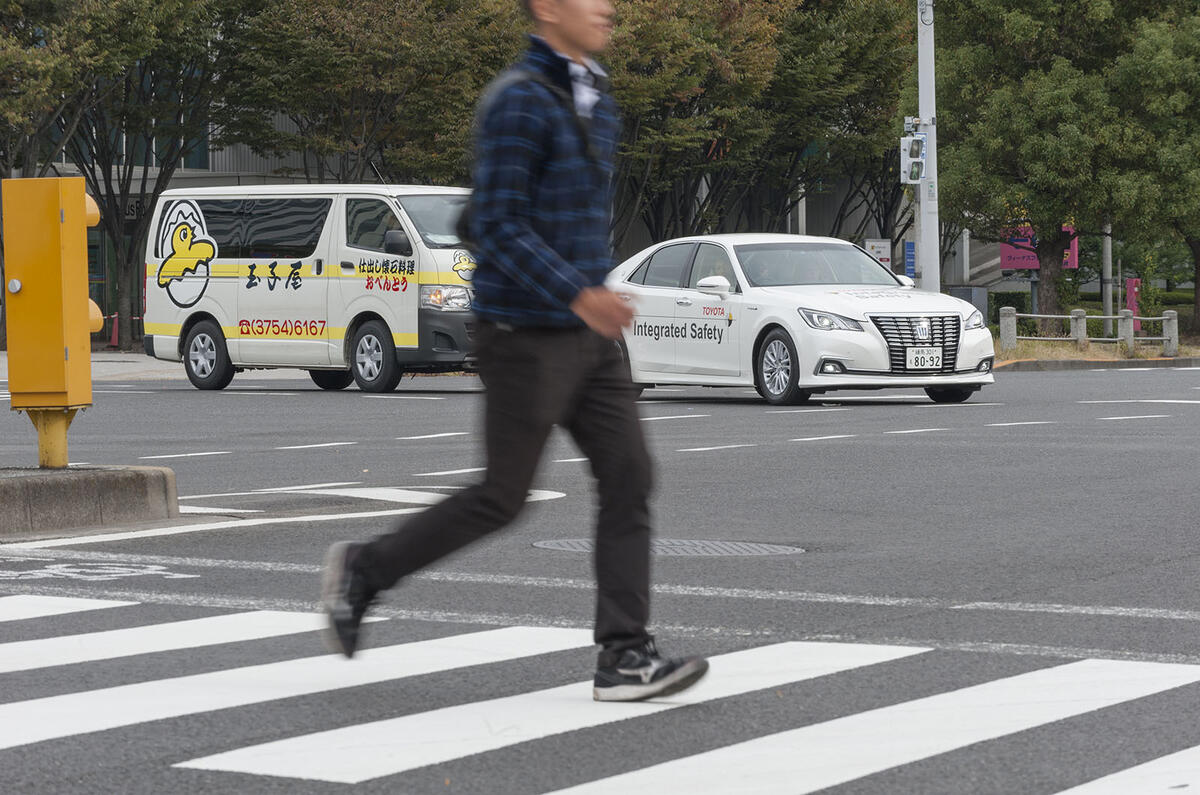
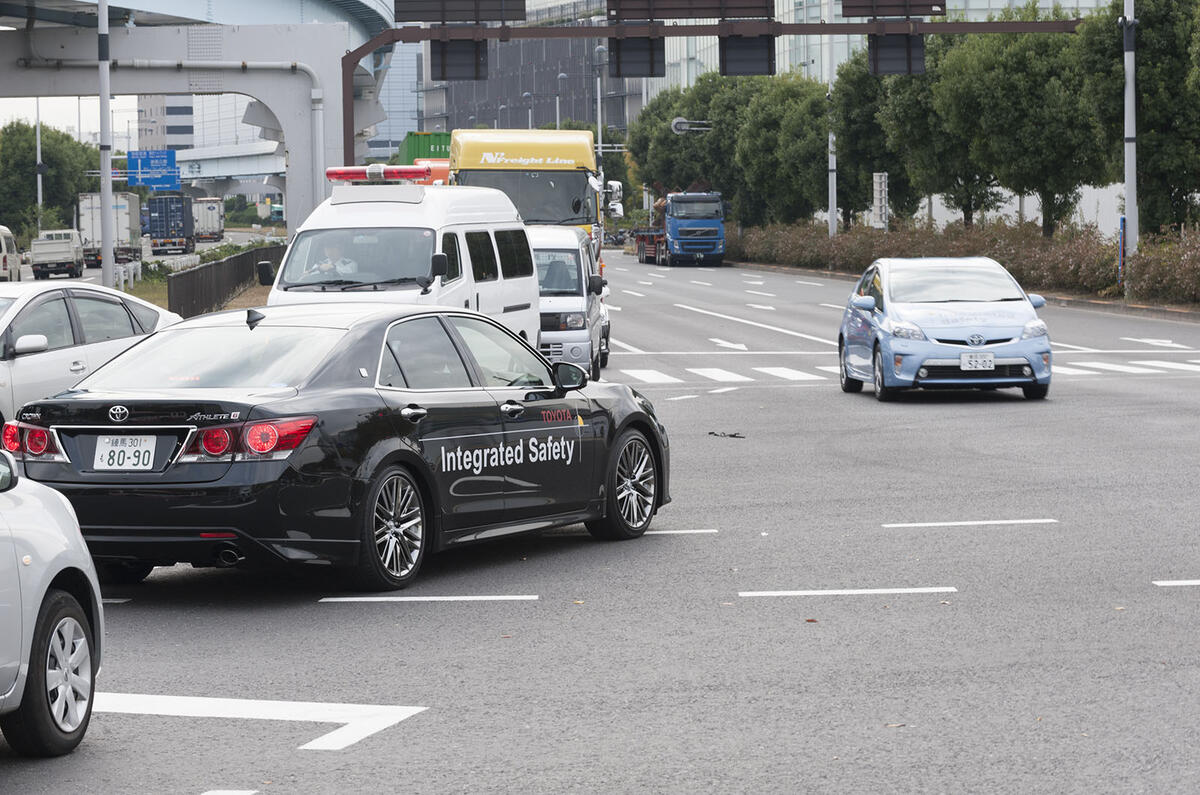
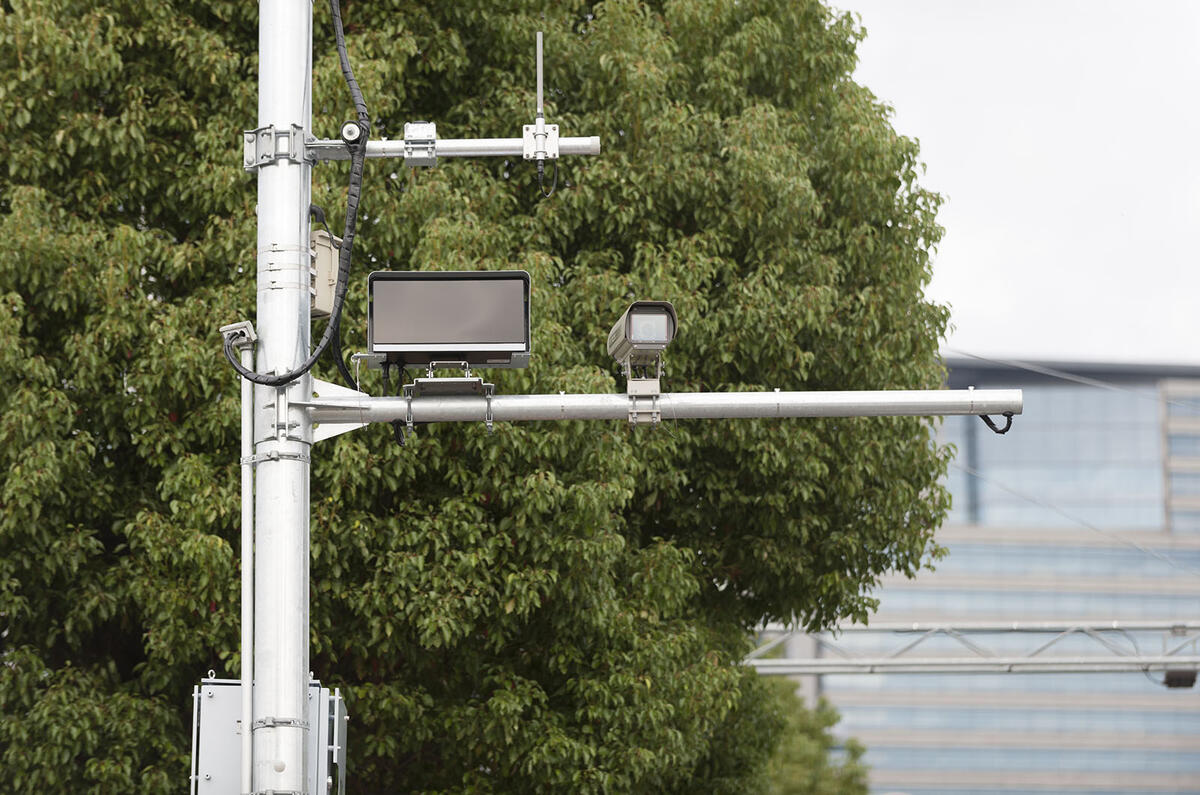
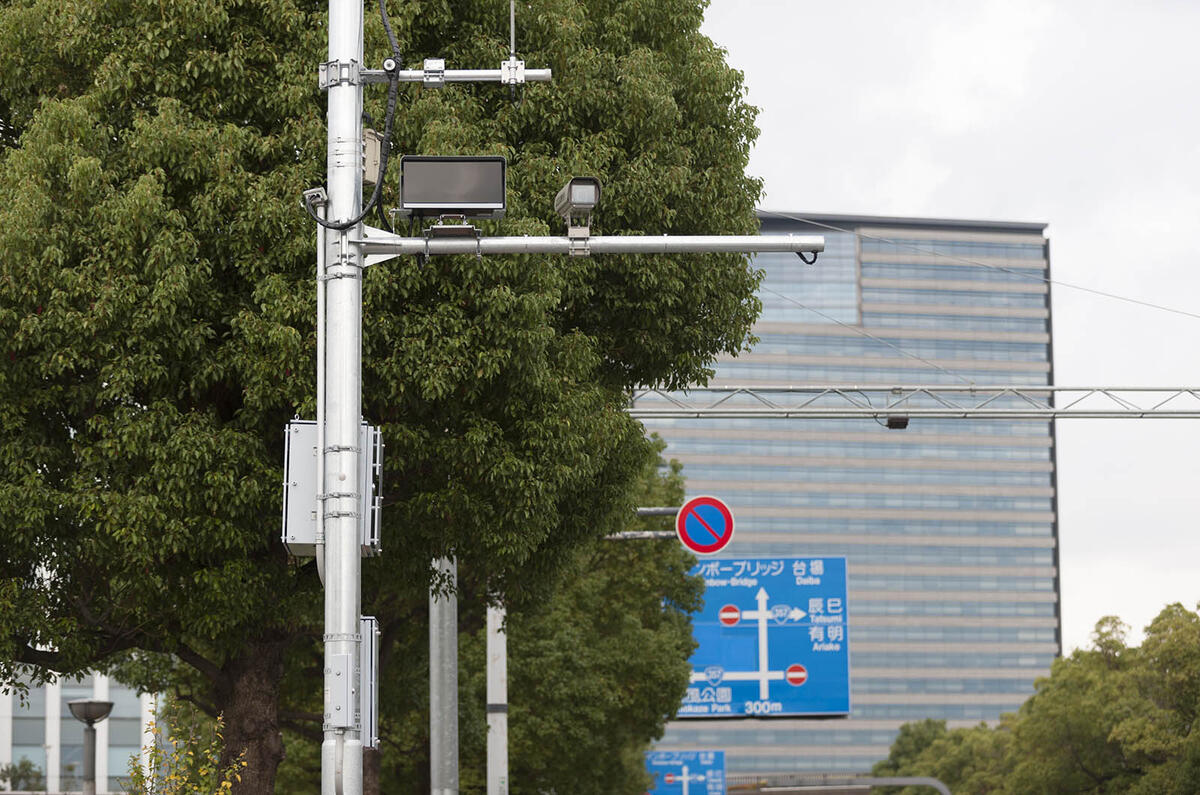
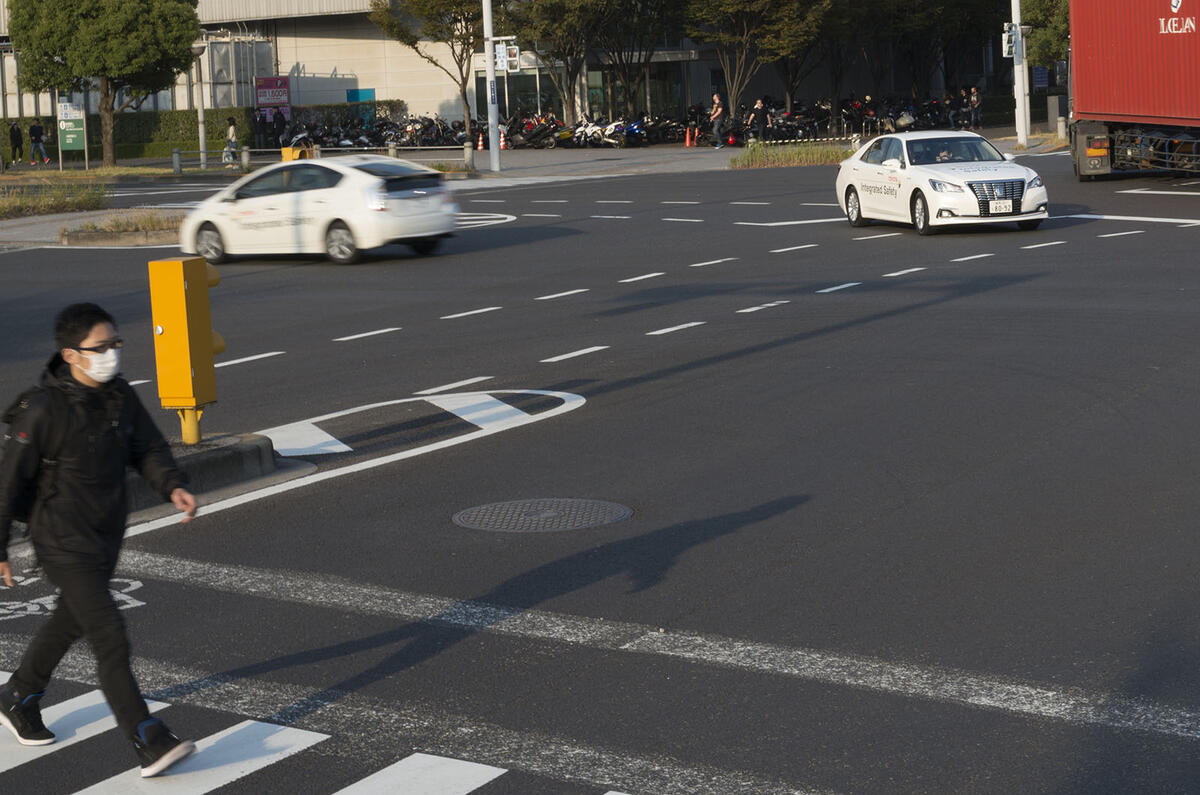
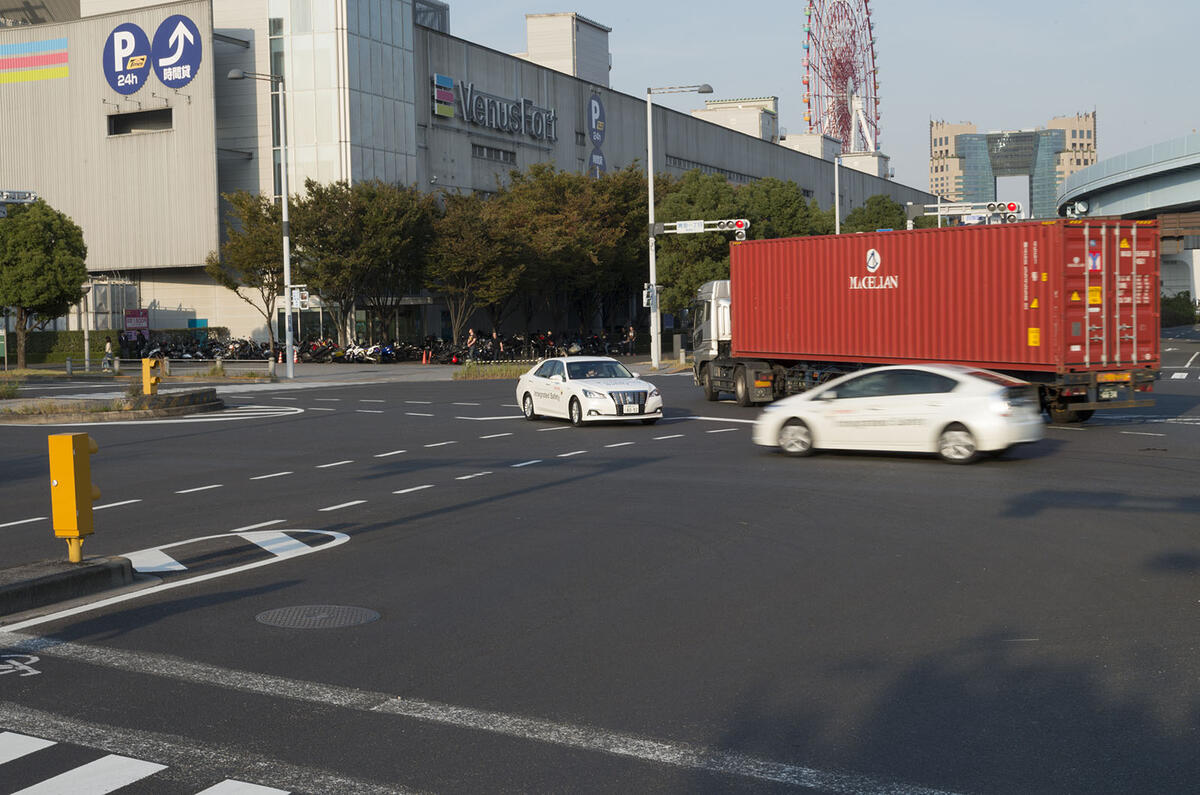
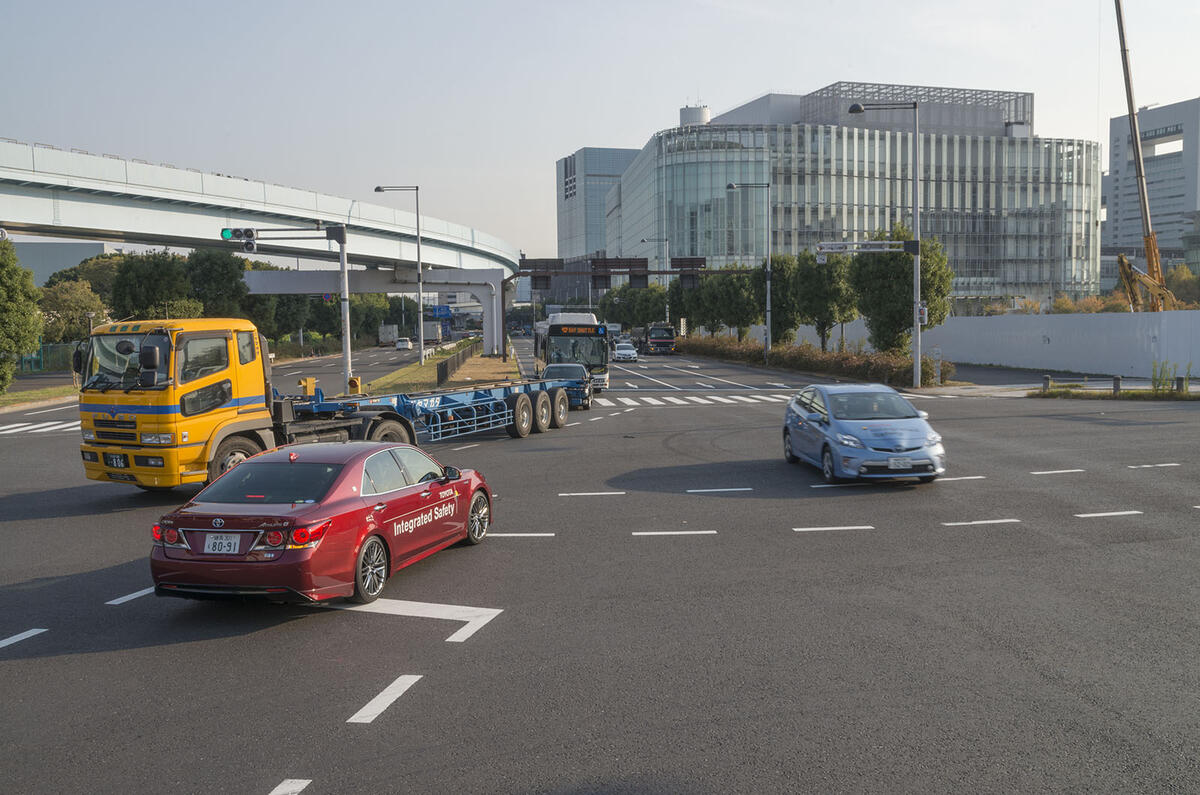

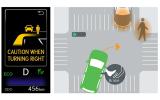


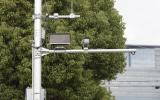

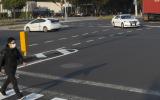




Add your comment